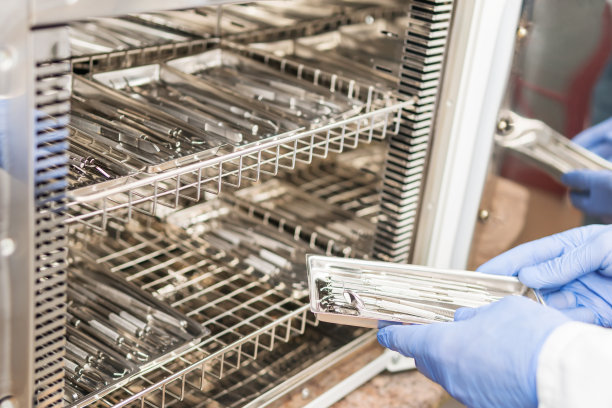Important Precautions to Consider Before and After Your Dental Filling Appointment for Optimal Oral Health
Summary: Visiting the dentist for a filling is a common procedure yet often induces anxiety for many. This article outlines essential precautions to consider both before and after your dental filling appointment to ensure optimal oral health. Topics discussed include preparing for the appointment via communication with your dentist, understanding the filling materials, aftercare protocols, and the importance of follow-up visits to maintain dental well-being. By adhering to these guidelines, patients can achieve a more comfortable experience and long-lasting results, ultimately contributing to healthier teeth and gums.
1. Communication with Your Dentist is Key

Before your dental filling appointment, clear communication with your dentist is vital for a successful outcome. Inform your dentist about any pre-existing medical conditions, allergies, or medications you are currently taking. This information helps the dentist tailor the treatment to your specific needs and avoid potential complications during the procedure.
Additionally, discuss any concerns or anxieties regarding the procedure. Dentists understand that many patients feel apprehensive and will often provide reassurance or options to accommodate your needs, such as sedation techniques to help alleviate anxiety.
Asking questions about the filling process can enhance your understanding and preparedness. Inquire about the type of fillings that will be used, the duration of the procedure, and any potential side effects. Being well-informed can make the experience significantly more manageable.
2. Understanding Different Types of Filling Materials
It鈥檚 essential to recognize the various materials available for dental fillings, as they directly affect the longevity and appearance of your dental work. Common materials include amalgam, composite resin, gold, and porcelain, each with its pros and cons. Amalgam fillings, for example, are highly durable but may not provide the most aesthetic appeal.
Composite resin fillings, on the other hand, can be color-matched to your teeth, making them ideal for visible areas. However, they may require more frequent replacements compared to amalgam. Ensure you have a detailed discussion with your dentist regarding the advantages and disadvantages of each material, so you can make an educated decision.
Understanding the lifespan and maintenance needs of the filling materials is also critical. Some materials may necessitate more diligent care to ensure their longevity, helping you better maintain your oral health and avoid future treatments.
3. Aftercare Protocols for Optimal Recovery
After your dental filling, adhere to specific aftercare protocols to ensure optimal recovery. Avoid chewing hard or sticky foods for at least 24 hours post-procedure. This precaution can help prevent damage to the new filling and allows it to set properly.
Maintaining good oral hygiene is crucial following your appointment. Brush and floss as recommended by your dentist, but do so gently around the treated area to avoid irritation. Additionally, consider using a non-alcoholic mouthwash to reduce bacteria without causing discomfort.
It鈥檚 also important to monitor the filled tooth for any discomfort or sensitivity that persists beyond the initial healing period. If you experience sharp pain, swelling, or prolonged sensitivity, contact your dentist immediately for evaluation and potential adjustment of the filling.
4. Importance of Regular Follow-Up Visits
Regular follow-up visits to your dentist are vital for monitoring the health of your filled tooth and your overall dental condition. Schedule check-ups as advised by your dentist to ensure your fillings are intact and functioning properly. Regular assessments can catch any potential issues early and prevent costly future treatments.
During follow-up appointments, your dentist may also provide professional cleanings, which are crucial for maintaining oral health and avoiding decay around the filling. These services help in removing plaque and tartar buildup that can contribute to new cavities.
Moreover, educating yourself on signs of wear or deterioration in the filling can empower you as a patient. Knowing when to return to the dentist helps prevent complications, maintaining both your health and peace of mind.
Summary:
In conclusion, taking important precautions before and after your dental filling appointment can significantly improve your oral health outcomes. By adequately communicating with your dentist, understanding filling materials, adhering to aftercare protocols, and maintaining regular follow-up visits, you set the stage for long-lasting dental health and a more pleasant experience overall.
This article is compiled by Vickong Dental and the content is for reference only.


